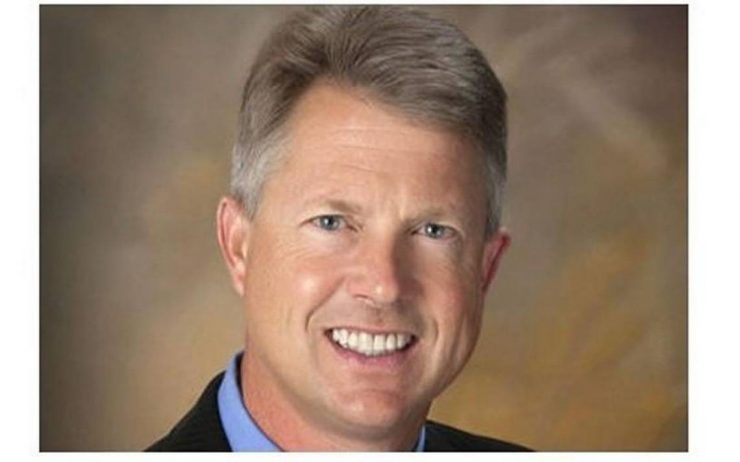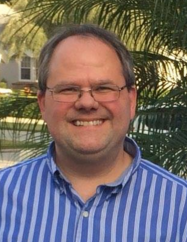
Friend,
Last week my colleague, Rep. Pramila Jayapal (D-WA) and I wrote a bipartisan op-ed entitled Working across the aisle to solve problems with our broken immigration system. We highlighted the importance of working together to fix our immigration system. It is our goal to ensure security while making keeping the promises made to those who have followed the laws and directives our country has asked of them.
I would also like to draw attention to the fact that October is Breast Cancer Awareness month. The majority of us have been or will be touched by cancer at some time in our lives. With this in mind, I spoke from the floor last week to encourage women to talk with their doctors, and regularly get mammograms!
As always, if you have any questions, concerns or know of ways my office can be of assistance, don’t hesitate to contact us.
See the above video of Rev. Joshua Leu, First Christian Church of Great Bend, Kansas, lead the House’s morning prayer!
In the House

Helping the Puerto Rican recovery
Last week, I took a brief moment to express my best wishes to a true beacon of strength and determination in Congress, Rep. Jenniffer González-Colón of Puerto Rico. Her inspiring leadership and strength in the face of a horrendous natural disaster should be an inspiration to us all. That is why yesterday, the House approved additional funding to assist Puerto Rico in its recovery.
A chance to speak with you
It was a pleasure to host another great tele-town hall with so many of you. It was helpful to hear your thoughts on how things are going, and discuss your concerns and ideas! Staying in close touch with you, the people I am sent here to represent, is something I treat with the upmost importance,which is why I have held 56 town halls since taking office. Thank you to all who participated. If you didn’t get a chance to ask your question or let me know your idea, don’t hesitate to reach out to any of my offices!
Ft. Riley comes to town

It is always great to meet with Major General Joseph Martin of Ft. Riley. In our meeting, we discussed the General’s recent return from Iraq, and the successes U.S. forces have achieved in the battle against ISIS.
Ft. Riley is such an integral and beneficial resource for our district, and it is truly an honor to work with them!
It’s National Women’s Small Business Month!
Women bring unique and invaluable skills and experiences to the workplace. Across the country, there are over 9 million woman-owned small businesses, and they contribute over one trillion dollars to the national economy.
In Kansas, there are more than 73,000 businesses owned by women, representing industries such as accounting, veterinary medicine, and management consulting.
As I’ve toured Kansas, I’ve met with women entrepreneurs in towns like Ellsworth and Emporia, learning about how their businesses are growing local economies and the positive impact they are having on these communities. It’s inspiring to see what these women have achieved, and to hear their perspective on the challenges that small business owners face.

Big First community wins Neighborhood Assist Grant
I would also like to take the time to congratulate Arlington, KS, on being awarded the State Farm Neighborhood Assist Grant earlier this year. Out of nearly 2,000 applicants across the country, Arlington was one of forty that won.
I am looking forward to seeing how the $25,000 they were awarded will benefit the community elementary school – our children come first!




















